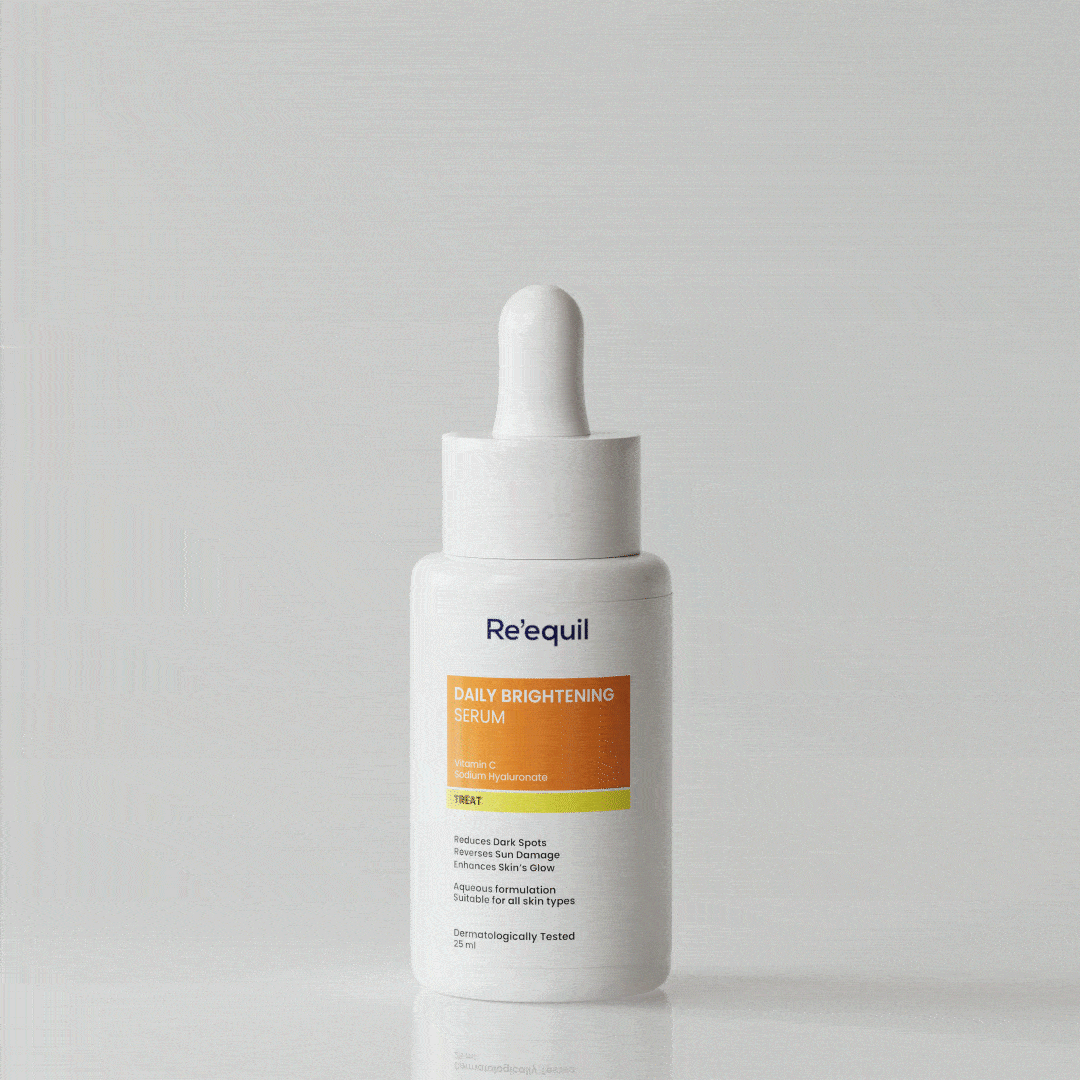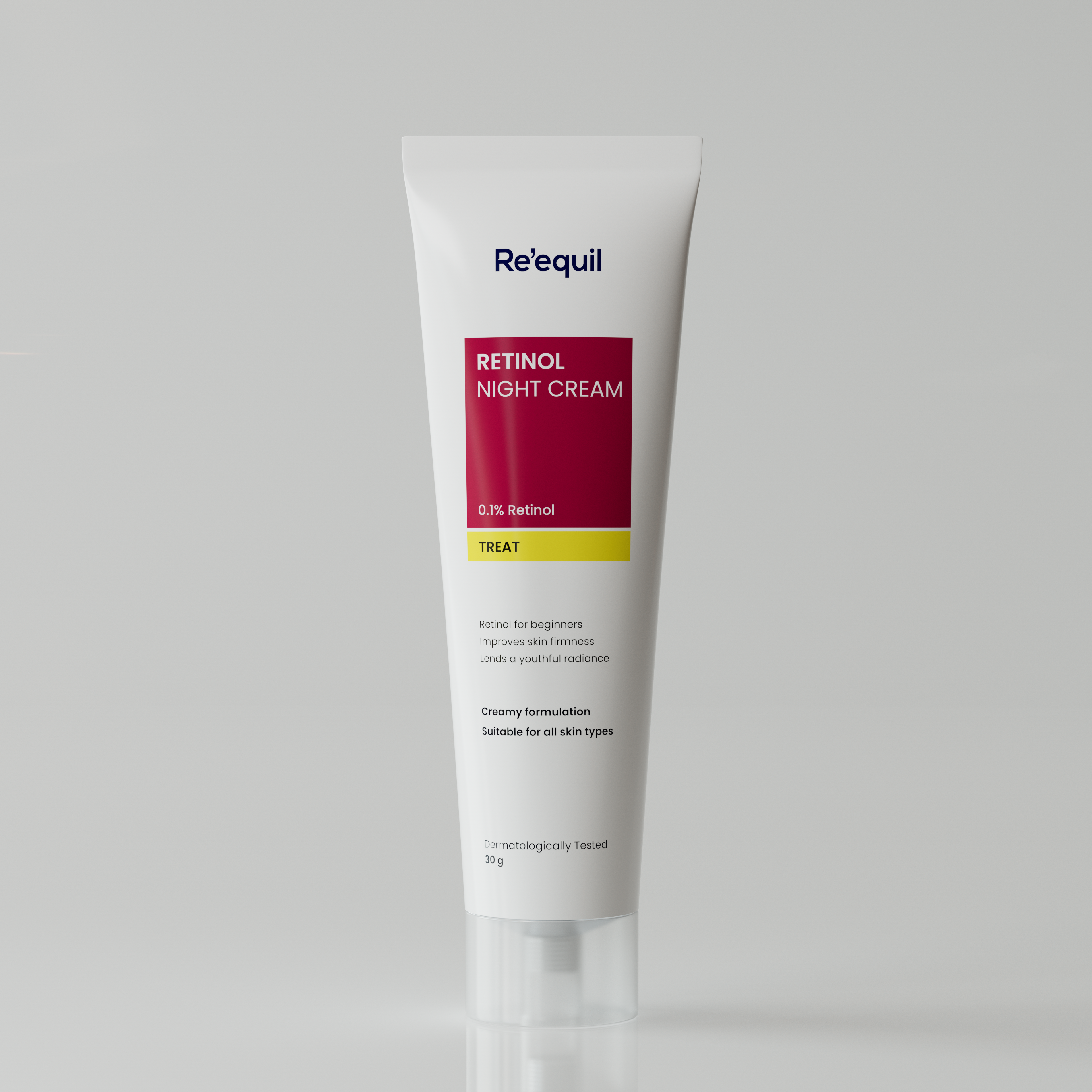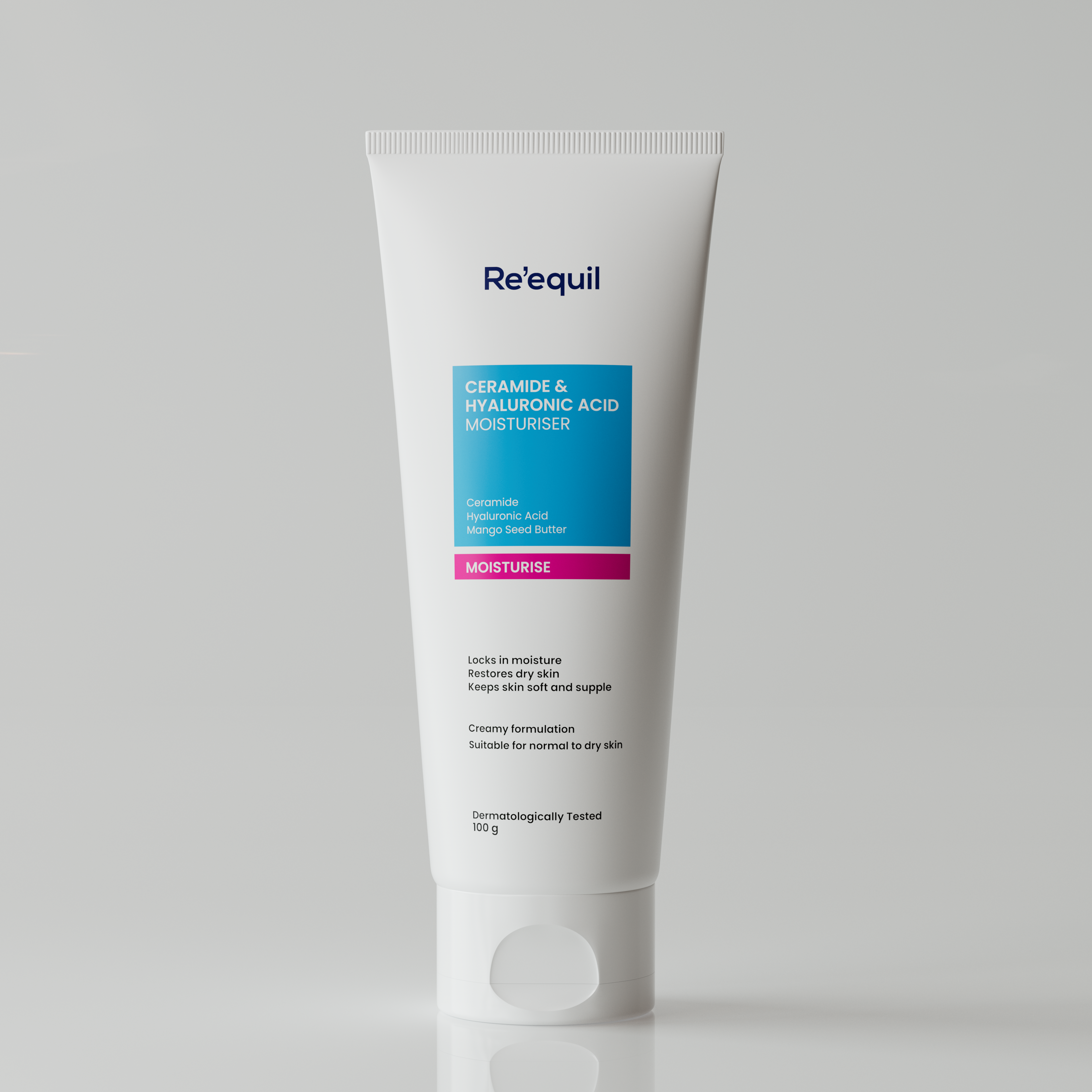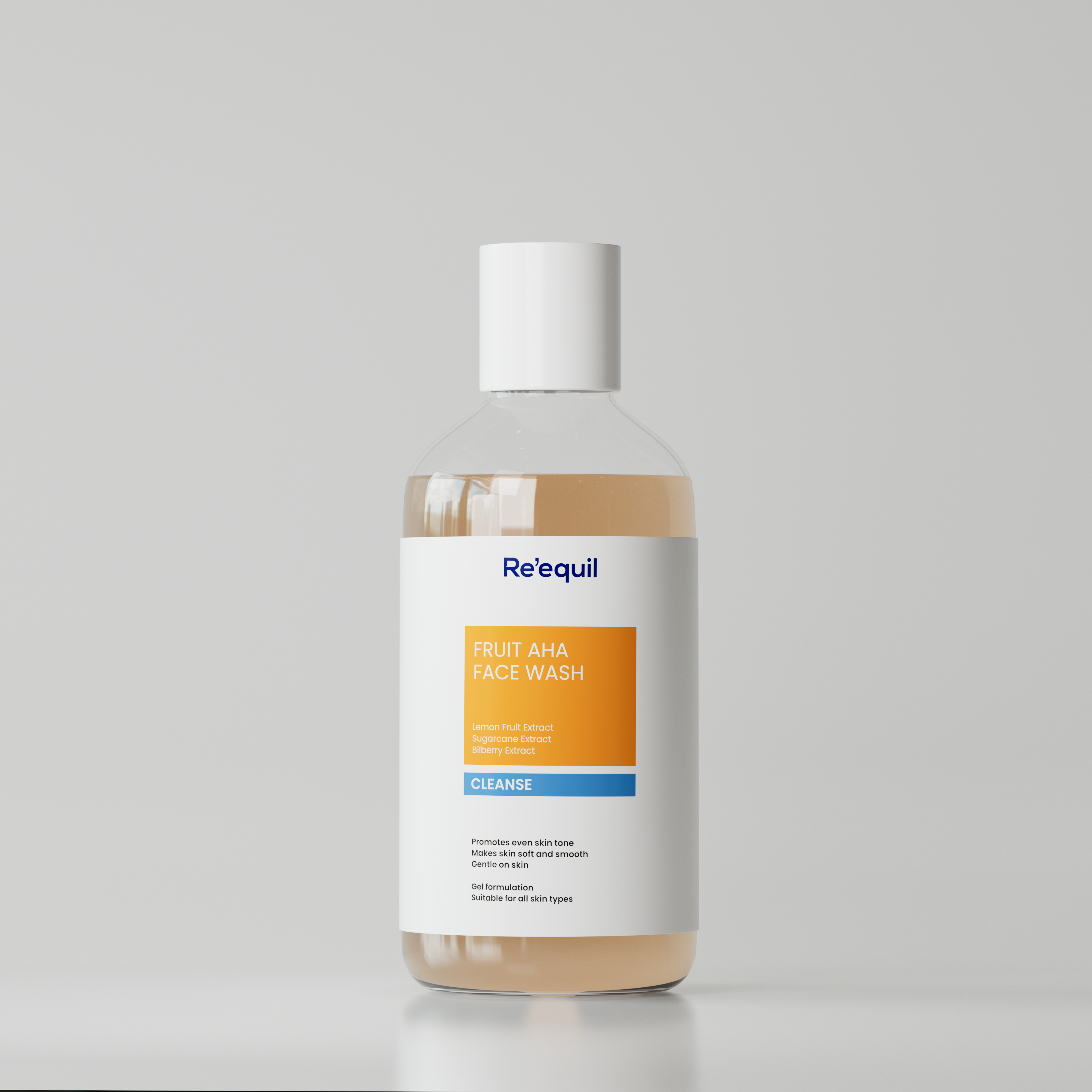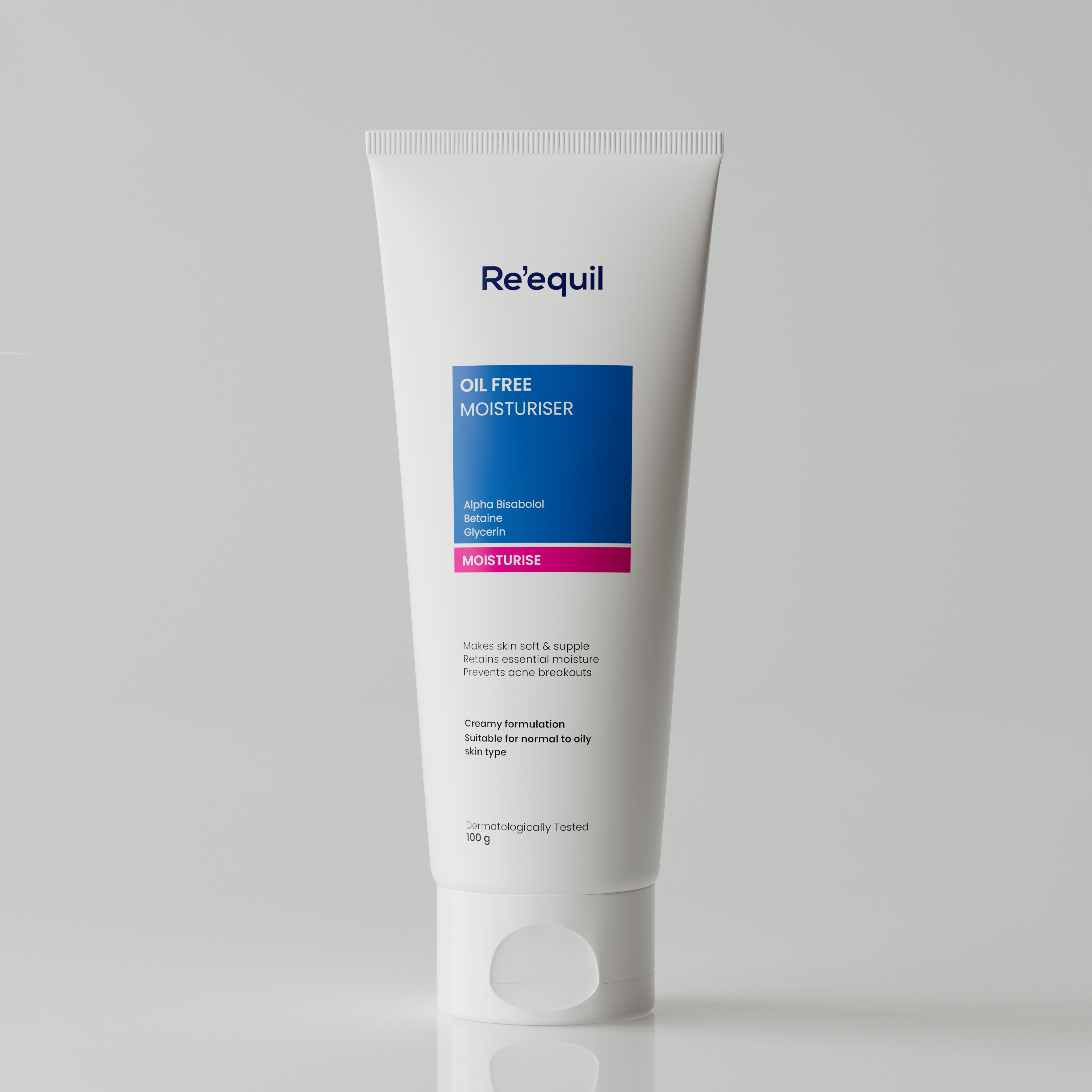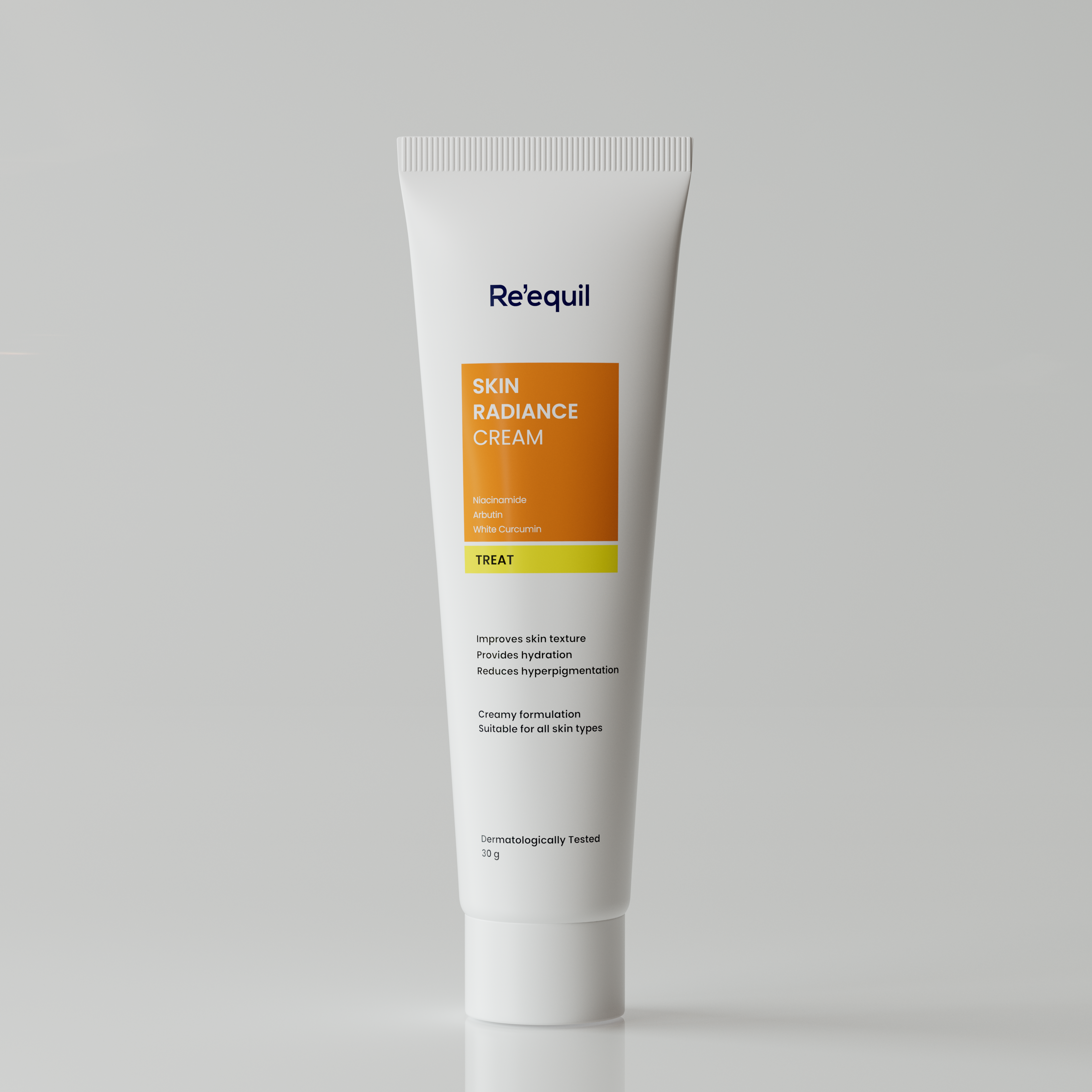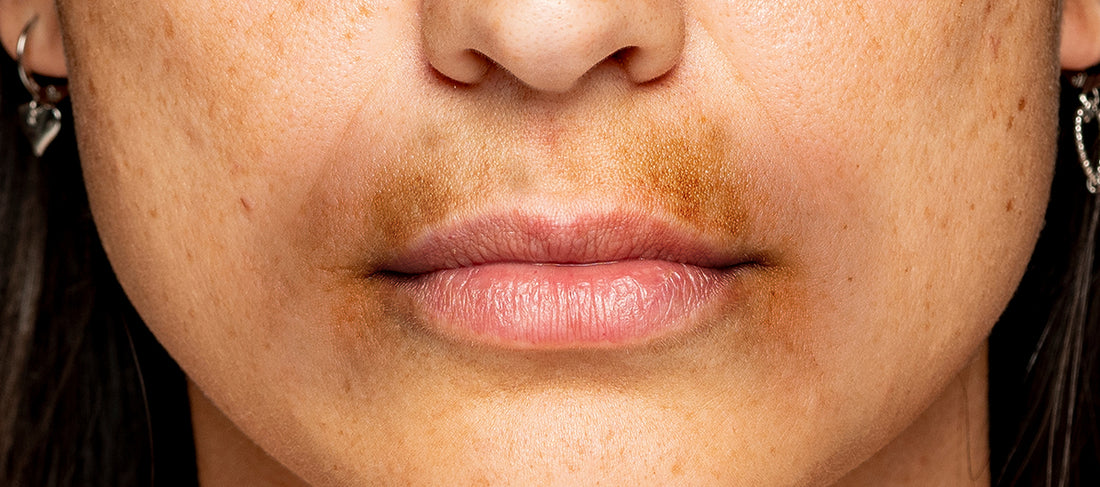Dark patches around the mouth, known as melasma or hyperpigmentation, are a common skin issue.
This can affect people of all skin types and ages.
Patches can appear on the upper lip, lower lip, chin and nearby areas, resulting from increased pigmentation.
Although not harmful, they can be distressing.
Learning about their causes, effects, and available treatments is crucial for effective management and treatment.
What are the causes behind dark patches around the mouth?
This happens when production of melanin (the pigment responsible for the colour of our skin) becomes uneven or excessive, resulting in dark patches around the mouth.
Following are some causes of dark patches around the mouth -
1. Sun exposure
Exposure to UV rays prompts the skin to produce melanin as a protection against UV damage. Yet, prolonged and unprotected sun exposure can cause excessive melanin production in certain areas, resulting in hyperpigmentation.
2. Genetics
Genetic factors can influence how melanocytes (cells that produce melanin) respond to triggers such as hormones and sunlight. Individuals with a family history of melasma are more likely to develop dark patches around the mouth.
3. Post-Inflammatory hyperpigmentation
Skin inflammation, injury, or trauma can lead to post-inflammatory hyperpigmentation. During the healing phase, the skin may produce excess melanin in response to inflammation, resulting in darker patches around your mouth compared to the surrounding skin.
4. Vitamin deficiency
The deficiency of vitamin B12 and vitamin D can also cause skin pigmentation. According to a study published in 2018, a deficiency of vitamin D was noticed in people with melasma. This insufficiency mainly takes place when you avoid sunlight for a long period.
Note: Causes of hyperpigmentation can vary from person to person and are often influenced by a combination of factors.
5 most effective ways to treat darkness around mouth
Following treatments aim to reduce excess melanin, promote skin cell turnover, and improve overall skin tone.
1. Sun protection
Using a broad-spectrum sunscreen daily, rated PA++++ and SPF 50, helps protect against harmful UV rays and prevents worsening of hyperpigmentation.

Sun protection helps in managing and preventing hyperpigmentation by -
• Creates a protective barrier against UV rays. Sunscreens containing organic or inorganic filters enriched with minerals like titanium dioxide and zinc oxide work by scattering and reflecting UV radiations that prevent further skin darkening and the development of new patches.
• Minimises trigger factors. Sun exposure can trigger hyperpigmentation. Using sunscreens with specific ingredients like Eurol BT, Aloe Vera extract, and Caprylic Capric Triglyceride can help reduce melanin overproduction, lighten pigmentation marks, and prevent dark patches around the mouth.
• Promotes even skin tone. Consistently using sunscreen helps maintain an even skin tone and prevents the development of irregular patches, contributing to a clearer complexion.
• Prevents recurrence. Even after dark patches have lightened or disappeared, the skin remains sensitive to UV exposure, increasing the risk of new hyperpigmentation. Therefore, wearing sunscreen helps prevent pigmentation from returning around the mouth.

2. Topical treatments
Several topical ingredients are known for their ability to reduce excess melanin formation and promote natural skin brightening. These ingredients work by exfoliating the skin's outer layer and promoting a more even skin tone.
Here are some notable ingredients and their effects:
• Vitamin C. An antioxidant that inhibits the activity of tyrosinase, an enzyme involved in melanin production. It also helps fade existing dark spots around the mouth region and promotes collagen production.
• Alpha Arbutin. By targeting excess melanin production, alpha arbutin can help address not only dark patches, but also other forms of hyperpigmentation, such as melasma and age spots.
• Niacinamide. It regulates melanin production by inhibiting the transfer of melanin from melanocytes to skin cells and effectively reducing pigmentation and further skin darkening.
• Licorice Root Extract. It contains antioxidants and flavonoid ‘glabridin’, which reduces melanin production and helps protect the skin from free radicals and environmental stressors. It also helps disperse existing melanin within the skin, reducing the appearance of dark patches.
• White curcumin. By protecting the skin from oxidative stress, it aids in preventing further dark spot formation. It also effectively treats hyperpigmentation, dark spots, blemishes and inflamed skin by inhibiting melanin production.
3. Retinoids
Retinoids are derivatives of vitamin A and are known for their ability to regulate cell turnover, exfoliate the skin's surface, and stimulate collagen production.
Here's how retinoids contribute to addressing dark patches -
• Enhancement of Topical Treatments: When used in combination with ingredients like vitamin C or hydroquinone, retinoids can optimise the results of these treatments.
• Inhibition of Melanin Production: Retinoids regulate melanin production and aid in lightening dark patches and achieving a more even complexion.
• Cell Turnover: Retinoids accelerate the natural process of skin cell turnover. This means that older, pigmented skin cells are shed more rapidly, making way for newer, healthier cells. As a result, the appearance of dark patches can gradually diminish.
4. Laser treatments for hyperpigmentation
Laser treatments use focused light energy to target and break down excess melanin in the skin, leading to improved skin tone.
There are different types of laser treatments used to treat hyperpigmentation:
• Intense Pulsed Light (IPL): IPL emits broad-spectrum light that targets melanin and haemoglobin in the skin. It is effective for reducing hyperpigmentation and improving overall skin texture.
• Q-Switched Laser: This laser type emits quick, high-energy pulses of light that break down melanin particles. It is commonly used for treating specific pigmented areas, such as dark patches.
5. Chemical peels for hyperpigmentation
Chemical peels such as Glycolic Acid Peels and TCA (Trichloroacetic Acid) Peels involve the application of a chemical solution to the skin that promotes the growth of new, healthier skin cells and can help reduce hyperpigmentation.
They penetrate deeper into the skin, promote cell turnover and are effective for more stubborn hyperpigmentation.
Takeaway
Addressing dark patches around the mouth requires a holistic approach that combines sun protection, skincare products, professional treatments, and a positive mindset.
By committing to a consistent routine and seeking professional guidance when needed, you can effectively reduce the presence of dark patches and achieve a more even and radiant complexion.




